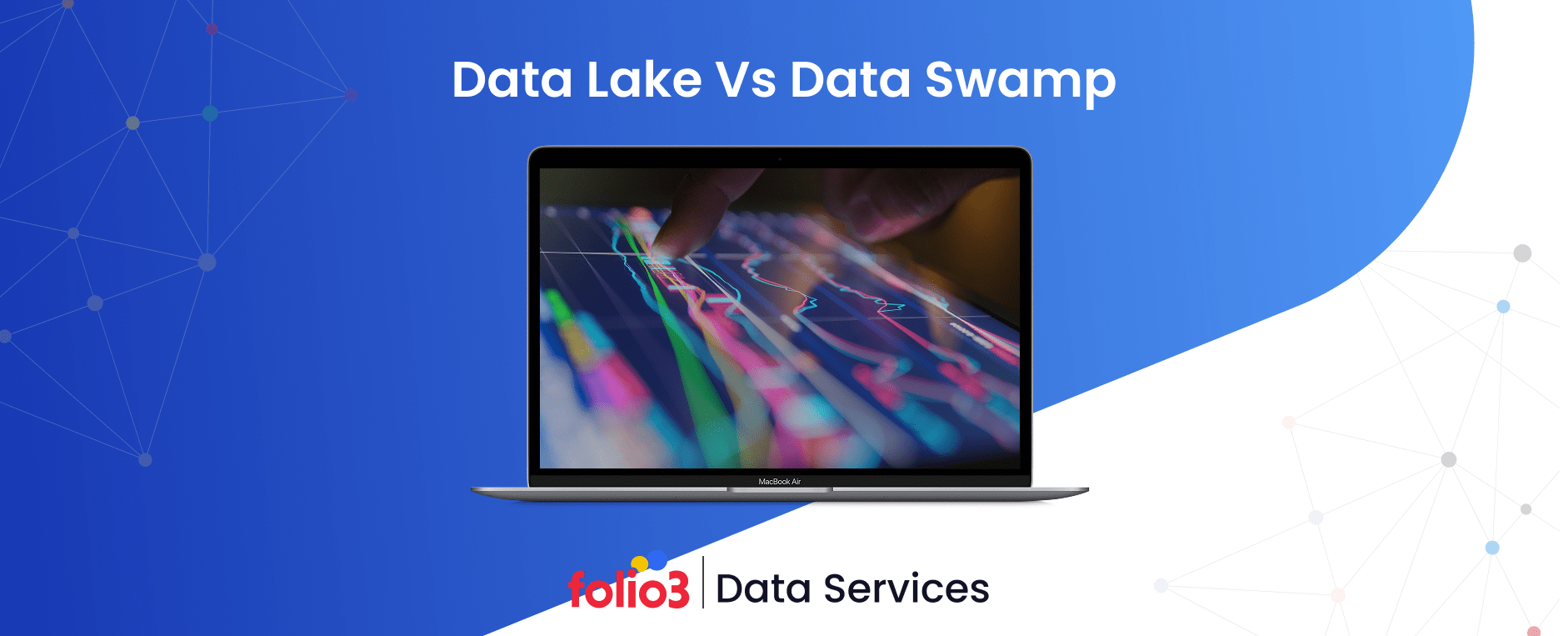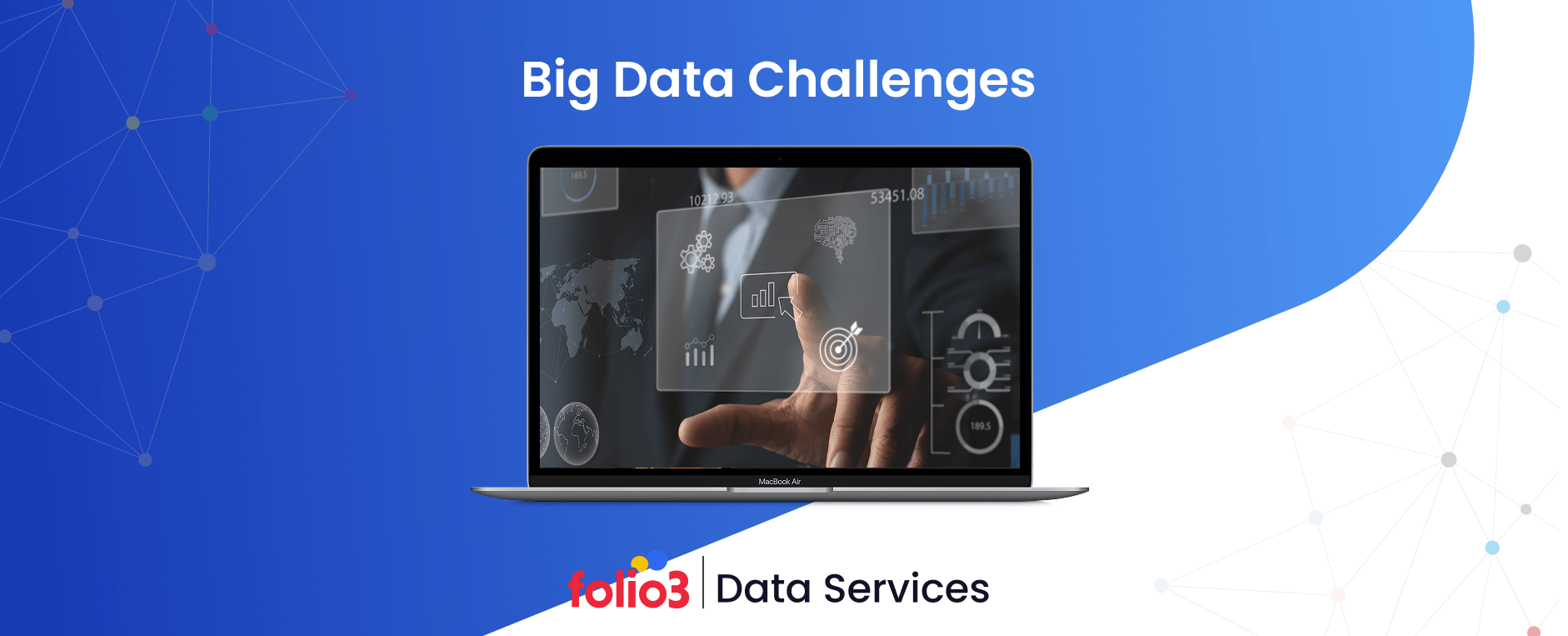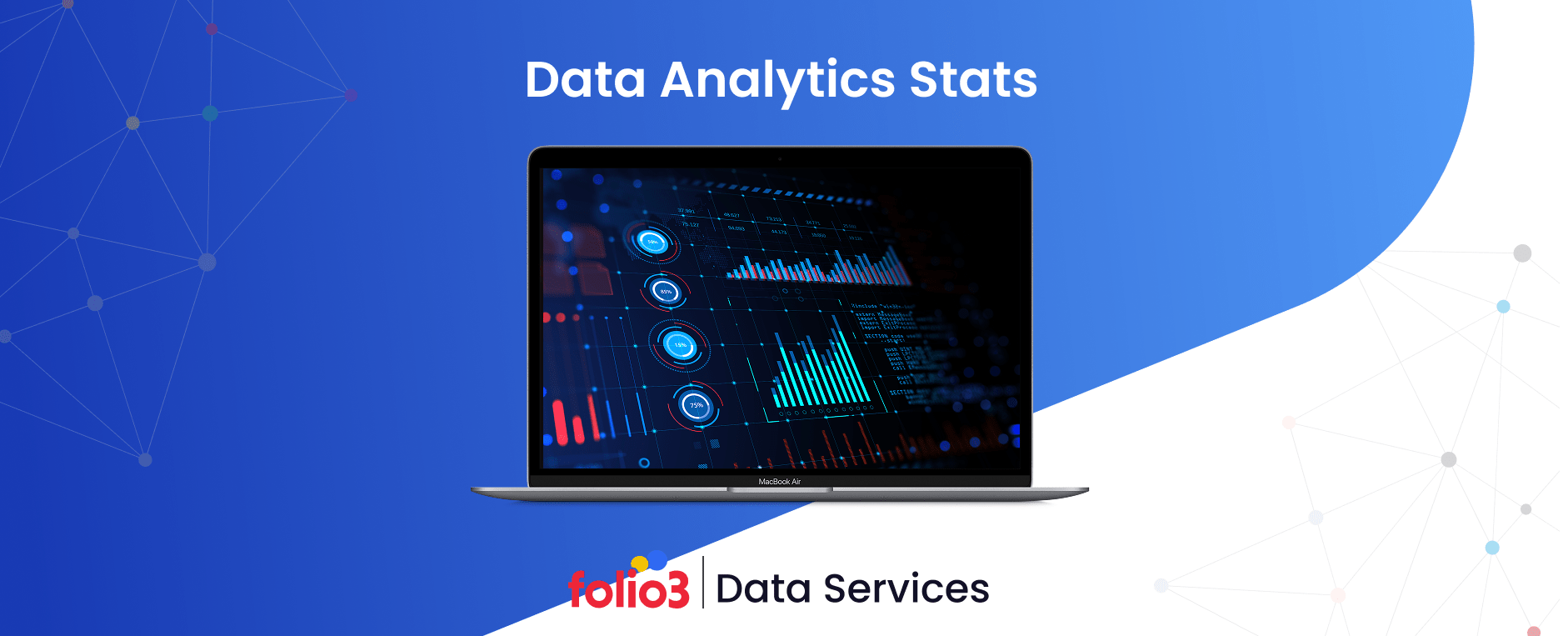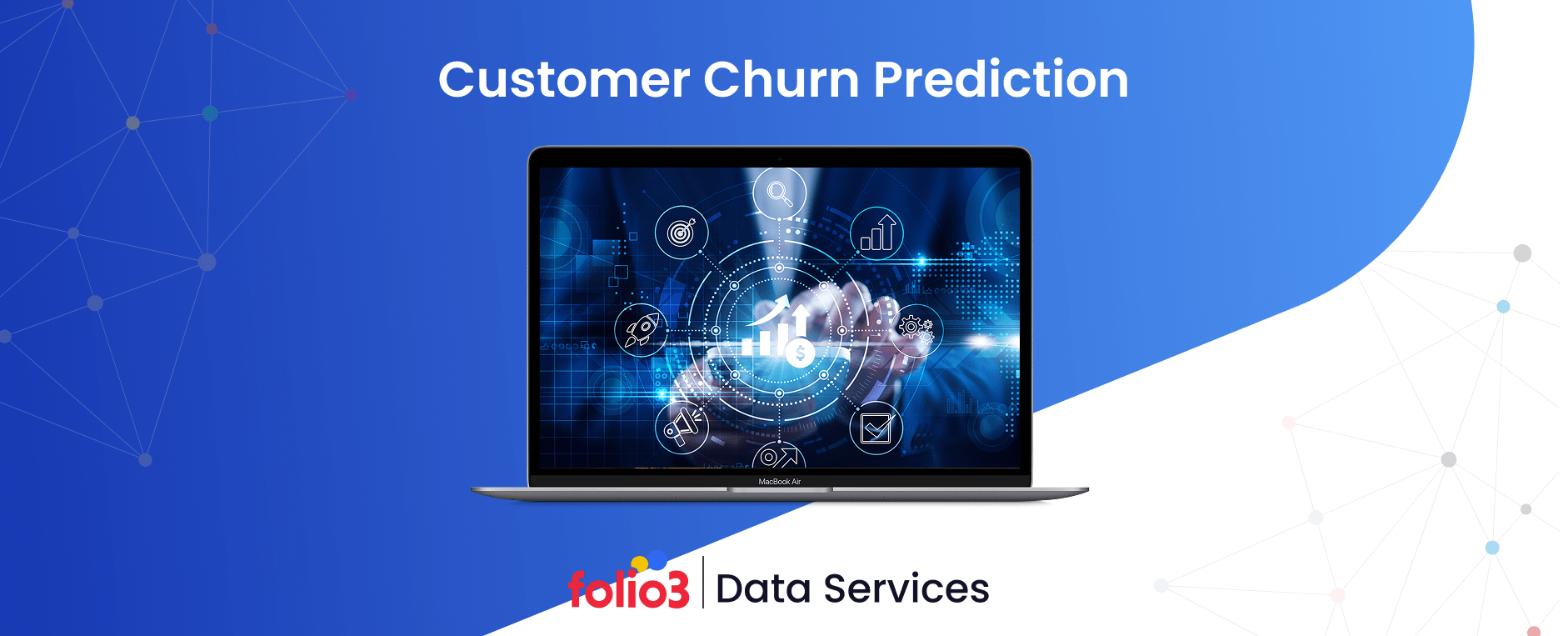Your organization invested millions in building a data lake, promising stakeholders it would unlock insights and drive innovation. Fast-forward two years, and your analytics teams are drowning in unstructured, ungoverned data that’s more liability than asset. You’re not alone, studies show that 80% of data lake implementations fail to deliver expected business value, often transforming into what industry experts call “data swamps.”
A data lake is a centralized repository that stores vast amounts of raw data in its native format until needed for analysis. Unlike traditional data warehouses that require structured schemas upfront, data lakes accept structured, semi-structured, and unstructured data from multiple sources. A data swamp, however, is what happens when your data lake lacks proper governance, quality controls, and organizational structure, rendering the data nearly impossible to find, trust, or use effectively.
This comparison matters because the difference between success and failure in modern data architecture often comes down to implementation and ongoing management. Companies like Netflix and Airbnb have built competitive advantages on well-architected data lakes, while others have seen their investments become costly storage graveyards filled with stale, unreliable data.
The risks of letting your data lake become a swamp extend beyond wasted investments. Organizations face compliance violations, security breaches, and decision-making paralysis when teams can’t trust their data assets.
Data Lake vs Data Swamp – What are the Key Differences?
Data swamps become increasingly difficult to manage as they grow. Performance degrades, maintenance costs escalate, and technical debt accumulates until the system becomes practically unusable.
Understanding the fundamental distinctions between data lake and data swamp architectures helps organizations avoid common pitfalls that plague enterprise data initiatives. The key differences are:
1. Data Quality
Data lakes maintain quality through validation processes, cleansing pipelines, and continuous monitoring. They implement data profiling tools that automatically detect anomalies, inconsistencies, and quality issues before data reaches consumers. Organizations typically establish data quality metrics and SLAs, with automated alerts when thresholds are breached.
Data swamps, conversely, become dumping grounds where data arrives without validation or quality checks. Duplicate records multiply, formatting inconsistencies create analysis nightmares, and outdated information persists indefinitely. Teams waste weeks cleaning data before any meaningful analysis can begin.
2. Governance & Metadata
Well-governed data lakes implement comprehensive metadata management systems that catalog every dataset’s origin, schema, lineage, and business context. Data stewards maintain clear ownership roles, and automated tools track data movement and transformations across the entire pipeline.
In data swamps, metadata is either missing or inconsistent. Analysts spend more time hunting for the right datasets than analyzing them. Without proper cataloging, teams unknowingly duplicate work or make decisions based on deprecated data sources.
3. Usability & Accessibility
Effective data lakes provide intuitive interfaces and self-service capabilities that let business users access data without technical expertise, often supported by modern data visualization tools. They offer standardized APIs, query interfaces, and integrated analytics tools that democratize data access while maintaining security controls.
Data swamps create friction at every interaction. Complex, undocumented schemas require deep technical knowledge to navigate. Data scientists and analysts become bottlenecks as business users can’t independently access the information they need.
4. Security & Compliance
Modern data lakes implement role-based access controls, encryption at rest and in transit, and comprehensive audit trails. They integrate with enterprise identity management systems and maintain compliance with regulations like GDPR, HIPAA, or SOX through automated policy enforcement and a well-defined data protection strategy.
Data swamps often lack proper security controls, creating compliance risks and potential data breaches. Without granular access management, sensitive information becomes accessible to unauthorized users, and audit trails are incomplete or missing entirely.
5. Data Lifecycle Management
Strategic data lakes implement tiered storage policies that automatically archive or delete data based on age, usage patterns, and business rules. They maintain clear retention policies and regularly purge outdated information to control costs and reduce compliance risks.
Data swamps accumulate data indefinitely without consideration for relevance or cost. Storage costs spiral as obsolete data consumes expensive compute resources, and teams struggle to distinguish current from historical information.
6. Business Value
Successful data lakes align closely with specific business use cases and success metrics. They enable advanced analytics, machine learning initiatives, and real-time decision-making that directly impact revenue, cost reduction, or operational efficiency.
Data swamps consume resources without delivering proportional business value. Organizations struggle to justify continued investment as stakeholders see little return from their data initiatives.
7. Maintenance & Scalability
Well-designed data lakes anticipate growth and implement scalable architectures that can handle increasing data volumes and user demands. They use cloud-native technologies and automated management tools that reduce operational overhead as the system expands.
Data swamps become increasingly difficult to manage as they grow. Performance degrades, maintenance costs escalate, and technical debt accumulates until the system becomes practically unusable.
Data Lake and Data Swamp – A Side by Side Comparison
| Aspect | Data Lake | Data Swamp |
| Data Quality | Validated, profiled, monitored with automated quality checks | Unvalidated, inconsistent, unreliable data with no quality controls |
| Metadata Management | Comprehensive cataloging, lineage tracking, searchable documentation | Missing or incomplete metadata, poor documentation |
| Governance | Clear ownership, defined policies, data stewardship roles | No defined governance structure, unclear ownership |
| Accessibility | Self-service capabilities with proper user interfaces | Difficult access requiring technical expertise |
| Security | Role-based access controls, encryption, audit trails | Inadequate security measures, compliance gaps |
| Cost Management | Optimized storage policies, automated lifecycle management | Uncontrolled growth, escalating storage costs |
| Business Alignment | Tied to specific use cases and measurable ROI | Disconnected from business objectives and value |
| Scalability | Cloud-native architecture designed for growth | Performance degradation as data volumes increase |
| User Experience | Intuitive tools, standardized interfaces | Complex barriers, technical bottlenecks |
| Data Discovery | Automated cataloging, easy search and navigation | Manual hunting, institutional knowledge dependencies |
7 Signs Your Data Lake Is Turning Into a Data Swamp
Recognizing these early 7 warning signs helps organizations course-correct before their data lake becomes completely unmanageable:
Sign 1: Poor Data Quality
Your analytics teams spend 60-80% of their time cleaning and validating data instead of generating insights. Reports contain conflicting numbers from different sources, and stakeholders question the reliability of data-driven recommendations. Error rates in downstream applications increase as poor-quality data propagates through your systems.
Data quality issues manifest when automated validation processes are absent or insufficient. Teams discover missing values, duplicate records, and formatting inconsistencies that should have been caught during ingestion. Strengthening the data ingestion architecture with built-in validation checkpoints can reduce these errors and ensure only clean, reliable data flows into analytical systems.
Sign 2: Missing or Incomplete Metadata
Data scientists can’t find relevant datasets without extensive manual searching. New team members require weeks of training to understand available data sources, and institutional knowledge about data meaning and context exists only in individuals’ heads rather than documented systems. Documentation gaps create dependency risks when key personnel leave the organization, taking critical data knowledge with them.
Sign 3: Difficult Data Access and Usability
Business users must rely on IT or data engineering teams for basic data requests. Self-service analytics initiatives stall because datasets are too complex or poorly documented for non-technical users to navigate independently. Access barriers reduce the democratization benefits that data lakes promise, creating bottlenecks that slow business decision-making.
Sign 4: Lack of Data Governance
No clear ownership exists for different datasets, leading to inconsistent maintenance and quality standards. Multiple teams create competing versions of similar datasets, and there’s no systematic process for resolving data conflicts or establishing authoritative sources. Governance gaps create confusion about which datasets represent the “single source of truth” for business metrics and KPIs.
Sign 5: Unvalidated Data Ingestion
New data sources are added without proper validation or integration testing. Schema changes break downstream processes, and data pipeline failures go unnoticed until they impact business operations or reporting. Uncontrolled ingestion processes introduce instability that undermines confidence in data reliability and system performance.
A strong data lake architecture should incorporate validation layers and monitoring mechanisms to prevent these issues before they cascade downstream.
Sign 6: Security and Access Control Gaps
Sensitive data lacks proper classification and protection, creating compliance risks. Audit trails are incomplete, making it difficult to track who accessed what information and when. Former employees retain access to data systems after departing the organization. Security vulnerabilities expose organizations to regulatory penalties and potential data breaches that damage reputation and trust.
Sign 7: No Alignment with Business Goals
Stakeholders struggle to articulate the business value of data investments. Analytics projects take months to complete simple requests, and decision-makers lose confidence in data-driven insights due to past reliability issues. Misalignment with business objectives leads to reduced funding and support for data initiatives, creating a downward spiral of underinvestment.
9 Proven Ways to Prevent Your Data Lake from Becoming a Swamp
Successful organizations implement the following proactive measures to maintain data lake health and prevent degradation over time:
1. Implement Strong Data Governance
Establish clear data ownership roles with designated stewards for each business domain. Create formal processes for data ingestion, quality validation, and lifecycle management as part of a broader data governance strategy. Implement data governance councils that include both technical and business stakeholders to ensure policies remain aligned with organizational needs.
Companies like Capital One have built robust data governance frameworks that include automated policy enforcement and regular compliance audits, enabling them to maintain high data quality standards across thousands of datasets.
2. Enforce Metadata Management
Deploy automated data cataloging tools that capture schema information, data lineage, and business context as data flows through your systems. Establish metadata standards that include data definitions, quality metrics, and usage guidelines. Create searchable catalogs that enable self-service data discovery.
Organizations using tools like Apache Atlas or AWS Glue Data Catalog report significant improvements in data discovery time and analyst productivity.
3. Validate Data Before Ingestion
Implement data quality checkpoints that validate schema compliance, detect anomalies, and flag potential issues before data enters your lake. Create automated testing pipelines that verify data integrity during ingestion and transformation processes.
Netflix runs comprehensive data validation checks that catch over 95% of data quality issues before they impact downstream analytics or recommendation systems.
4. Control Data Access
Implement role-based access controls that align with your organization’s security policies and compliance requirements. Use encryption for data at rest and in transit, and maintain comprehensive audit logs for all data access and modifications. Deploy data masking and tokenization techniques to protect sensitive information while enabling analytics use cases.
5. Align Data with Business Use Cases
Connect every dataset to specific business objectives and success metrics. Regularly review data assets to identify and retire datasets that no longer serve active business purposes. Prioritize data investments based on potential business impact and user demand.
A well-defined data lake strategy ensures that technical implementation remains tightly aligned with evolving business needs, preventing waste and maximizing long-term value.
6. Monitor and Maintain Data Quality
Establish automated monitoring systems that track data quality metrics and alert stakeholders to potential issues. Create regular reporting processes that provide visibility into data health and usage patterns across your organization. Implement data quality scorecards that help teams identify improvement opportunities and track progress over time.
7. Document Everything
Maintain comprehensive documentation that includes data dictionaries, processing logic, and business rules. Create standard templates and processes that ensure consistent documentation across all data assets. Use collaborative documentation platforms that allow both technical and business users to contribute knowledge and updates.
8. Use Scalable Data Lake Tools and Architecture
Choose cloud-native technologies that can scale with your data volumes and user demands. Implement automated resource management and optimization tools that control costs while maintaining performance. Consider modern data lake architectures like Delta Lake or Apache Iceberg that provide ACID transactions and time travel capabilities for improved data reliability.
9. Use Expert Support
Partner with experienced data engineering consultants who can provide objective assessments of your data lake architecture and governance practices. External experts often identify blind spots and recommend proven solutions that internal teams might miss.
Professional services teams like Folio3 offer specialized data lake consulting services, bringing industry best practices and lessons learned from multiple implementations, accelerating your path to data lake maturity.
When to Choose a Data Lake Architecture?
Data lakes aren’t suitable for every use case, but they excel in specific scenarios that align with modern business needs, such as:
1) Handling Diverse Data Sources
Modern organizations need to integrate information from multiple systems with different formats and structures.
Supports structured and unstructured data
Data lakes naturally accommodate relational database exports, log files, documents, images, and sensor data without requiring expensive upfront transformations. This flexibility becomes crucial when organizations acquire new companies or integrate with partner systems using different data formats.
Accepts multiple ingestion formats
Unlike traditional data lakes and data warehouses that require specific input formats, data lakes accept JSON, XML, CSV, Parquet, Avro, and numerous other formats natively. Teams can ingest data in whatever format it naturally exists without conversion overhead.
Handles real-time and batch streams
Data lakes support both streaming ingestion from sources like Kafka or Kinesis and traditional batch uploads from ETL processes. This dual capability enables organizations to implement real-time analytics while maintaining historical data processing workflows.
Manages high data velocity
Organizations experiencing rapid data growth benefit from architectures that can scale storage and processing independently. Data lakes provide the flexibility to handle sudden spikes in data volume without requiring expensive infrastructure over-provisioning.
2) Enabling Advanced Analytics or ML
Modern AI and machine learning initiatives require access to large volumes of raw, unprocessed data for training and model development.
Prepares data for machine learning
Data lakes store raw data in formats that machine learning algorithms can consume directly, eliminating preprocessing bottlenecks that slow model development cycles. Data scientists can experiment with different feature engineering approaches without worrying about upstream data transformations.
Facilitates deep data exploration
Exploratory data analysis requires flexibility to examine data from multiple angles and combine datasets in unexpected ways. Data lakes enable this exploration without the rigid schema constraints of traditional data warehouses.
Supports large-scale model training
Training sophisticated machine learning models requires access to massive datasets that would be cost-prohibitive in traditional data warehouse architectures. Data lakes provide the storage capacity and computational flexibility needed for these advanced use cases.
Optimized for advanced analytics
Companies like Uber and Spotify have built competitive advantages using data lake architectures that enable real-time personalization and advanced predictive analytics techniques at massive scale.
3) Focusing on Scalability and Cost-Efficiency
Organizations experiencing rapid data growth need architectures that can scale economically.
Leverages cloud-native infrastructure
Cloud-based data lakes separate storage from compute, allowing organizations to scale each independently based on demand. This separation provides significant cost advantages over traditional on-premises solutions that require fixed infrastructure investments. Seamless cloud data integration further enhances scalability by ensuring data flows efficiently from multiple sources into the lake.
Offers elastic storage scaling
Data lakes can accommodate sudden increases in data volume without capacity planning or infrastructure provisioning delays. Storage scales automatically based on actual usage rather than projected requirements.
Utilizes pay-as-you-go pricing
Cloud data lake services offer consumption-based pricing models that align costs with actual usage rather than peak capacity requirements. This economic model particularly benefits organizations with seasonal or unpredictable analytics workloads.
Enables cost-effective data tiering
Modern data lake architectures automatically move older data to cheaper storage tiers based on access patterns, optimizing costs while maintaining data availability when needed.
How Folio3 Data Services Helps You Transform a Data Swamp into a Usable Data Lake?
Organizations struggling with data swamp challenges often benefit from expert guidance to implement systematic remediation and prevention strategies. Here’s how Folio3 Data Services help:
Data Lake Assessment & Audit
Professional data consultants conduct thorough evaluations of existing data assets, governance practices, and technical architecture. These assessments identify specific data lake challenges, quantify business impact, and prioritize improvement initiatives based on potential ROI.
The assessment process typically includes data quality analysis, metadata evaluation, security reviews, and user experience studies that provide objective insights into data lake health.
Data Governance Framework Design
Experienced consultants help organizations design governance frameworks tailored to their industry requirements, compliance needs, and business objectives. These frameworks include policy templates, role definitions, and process workflows that can be customized for specific organizational contexts. Governance frameworks address data ownership, quality standards, access controls, and lifecycle management policies that prevent data swamp conditions.
Metadata & Catalog Implementation
Professional services teams implement and configure enterprise data catalog solutions that automatically capture metadata, track lineage, and provide self-service discovery capabilities. They establish metadata standards and integration processes that ensure comprehensive coverage of all data assets.
At Folio3, our Snowflake consulting services help organizations seamlessly integrate catalog and metadata management directly into their cloud data platform, enabling faster discovery, stronger governance, and improved collaboration across the business.
Catalog implementations include search functionality, business glossaries, and impact analysis capabilities that make data discoverable and understandable across the organization.
Data Quality & Validation Pipelines
Expert teams design and implement automated data quality monitoring and validation systems that catch issues early in the data pipeline. These solutions include custom rules engines, anomaly detection algorithms, and automated remediation processes. Quality pipelines provide real-time monitoring, alerting, and reporting capabilities that maintain data trustworthiness over time.
Architecture Optimization & Tooling
Consultants evaluate existing data lake architectures and recommend optimizations that improve performance, reduce costs, and enhance scalability. This often includes migration to modern formats like Delta Lake or implementation of cloud-native services that provide better management capabilities. Architecture optimization, combined with modern data engineering solutions, addresses storage efficiency, query performance, and integration capabilities that enable better user experiences.
Ongoing Support & Monitoring
Many organizations benefit from managed services that provide continuous monitoring, maintenance, and optimization of their data lake environments. These services help prevent regression into data swamp conditions while organizations develop internal expertise. Ongoing support includes performance tuning, capacity planning, and governance maintenance that keeps data lakes healthy over time.
FAQs
What is the difference between a data lake and a data swamp?
A data lake is a well-organized, governed repository that stores raw data with proper metadata, quality controls, and access management. It enables self-service analytics and supports diverse use cases through systematic data management practices.
A data swamp is an ungoverned collection of data that lacks organization, quality validation, and usability. Data becomes difficult or impossible to find, trust, or use effectively, making it a liability rather than an asset for business decision-making.
How does a data lake become a data swamp?
Data lakes typically become swamps through neglect of governance practices, inadequate metadata management, lack of data quality controls, and failure to align data assets with business needs. Without active management and proper processes, even well-designed data lakes can degrade over time as data volume and complexity increase.
Why is metadata important in a data lake?
Metadata serves as the catalog that makes data discoverable and usable. Without proper metadata, users can’t find relevant datasets, understand data meaning, or trust data quality. Comprehensive metadata management is essential for self-service analytics, data governance, and maintaining institutional knowledge about data assets.
Can a data swamp be recovered or cleaned up?
Yes, data swamps can be remediated through systematic governance implementation, data quality improvement initiatives, metadata reconstruction, and architectural optimization. However, prevention is more cost-effective than remediation, which often requires significant time and resource investment to restore data usability.
What are the risks of operating with a data swamp?
Data swamps create compliance risks, waste resources, reduce analyst productivity, and undermine confidence in data-driven decision making. They can also create security vulnerabilities, make it difficult to respond to regulatory requirements, and lead to poor business decisions based on unreliable information.
How can businesses prevent a data swamp from forming?
Prevention requires implementing data governance frameworks, establishing metadata management practices, validating data quality, controlling access, and maintaining alignment with business objectives. Regular monitoring, documentation, and architectural maintenance are also essential for long-term data lake health.
What tools help manage and govern a data lake effectively?
Effective data lake management typically requires data catalog solutions (Apache Atlas, AWS Glue), quality monitoring tools (Great Expectations, Deequ), access control systems (Apache Ranger), and metadata management platforms (Collibra, Alation). Cloud providers also offer integrated governance services for their data lake platforms.
What are common signs that a data lake is failing?
Warning signs include poor data quality requiring extensive cleanup, missing or incomplete metadata making discovery difficult, access barriers preventing self-service analytics, lack of governance creating confusion, unvalidated ingestion causing reliability issues, security gaps creating compliance risks, and misalignment with business goals reducing stakeholder confidence.
What industries are most affected by data swamps?
Industries with heavy regulatory requirements (financial services, healthcare), complex data environments (retail, telecommunications), or rapid data growth (technology, media) are particularly susceptible to data swamp challenges. However, any organization can experience these issues without proper governance and data management practices.
Conclusion
The distinction between data lake and data swamp architectures isn’t academic, it determines whether your data investments generate returns or become costly liabilities. Organizations that maintain disciplined governance practices, invest in proper tooling, and align data initiatives with business objectives create competitive advantages through better decision-making and operational efficiency.
Success requires viewing data lake management as an ongoing capability rather than a one-time implementation project. Companies that treat data as a strategic asset, with appropriate governance and quality controls, consistently outperform those that allow their data environments to drift into swamp conditions.
The path forward involves honest assessment of current capabilities, systematic implementation of proven governance practices, and commitment to long-term data stewardship, and all of it can be achieved by partnering with Folio3 Data Services.
Folio3 can help organizations willing to make this investment transform their data lakes into fountains of insight rather than swamps of confusion.



